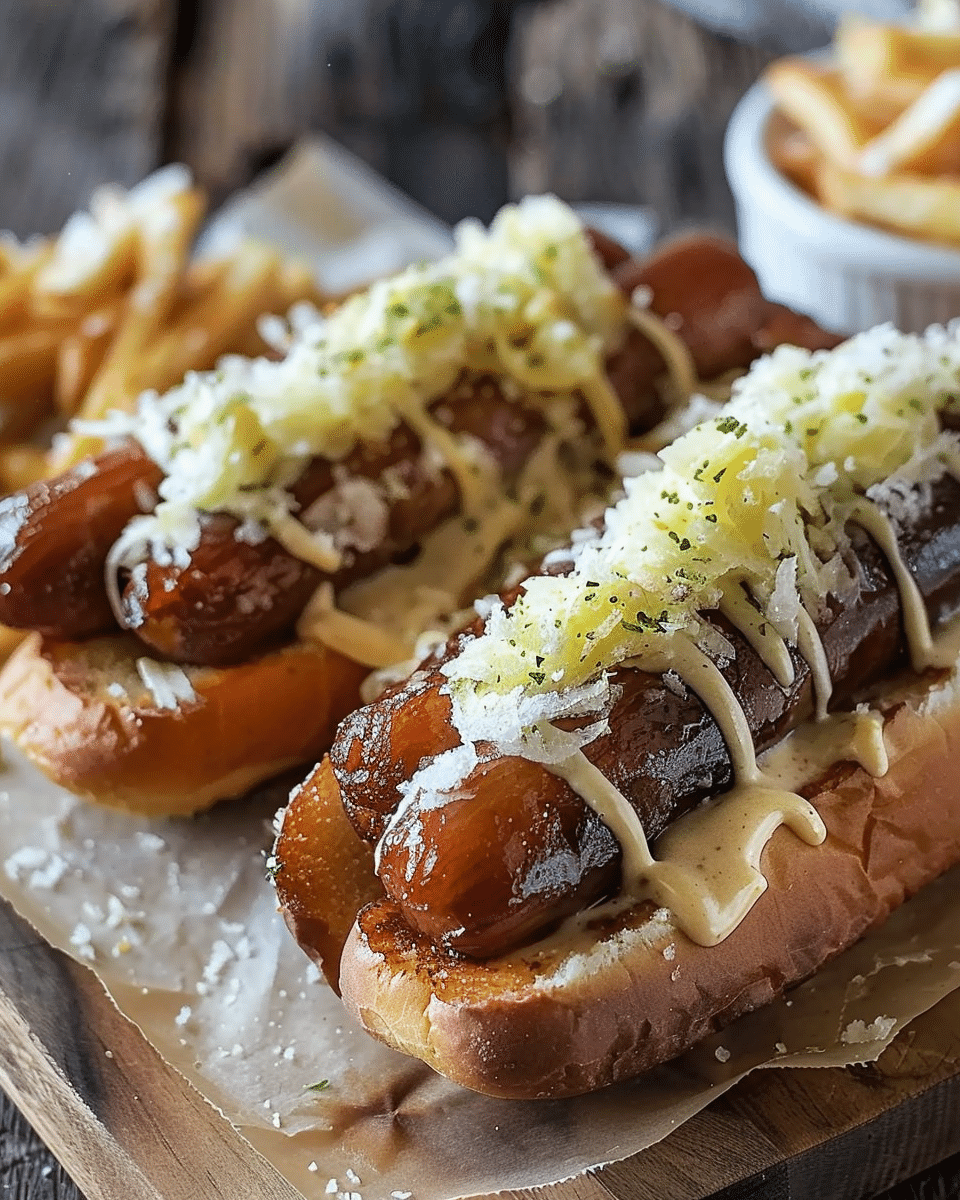Why You’ll Love Using a Whistle Dog Device
- Clear and consistent communication with your dog
- Effective for recall and obedience training
- Helps reinforce positive behaviors with sound cues
- Portable and easy to use anywhere
- Suitable for dogs of all ages and sizes
Essentials for a Successful Whistle Dog Training Experience
(Tip: You’ll find the full list of essentials below.)
- Whistle Dog device
- Treats for positive reinforcement
- Leash and collar (optional)
- Comfortable, distraction-free space for training
Directions for Using a Whistle Dog
- Introduce the Whistle:
Familiarize your dog with the sound of the whistle by blowing it during positive moments, such as treat time or play. - Associate Whistle with Commands:
Pair the whistle sound with specific commands like “come” or “sit” to build association. - Use Positive Reinforcement:
Reward your dog immediately with treats and praise after responding correctly to the whistle. - Practice Regularly:
Short, consistent training sessions in a calm environment work best for reinforcing commands. - Gradually Increase Distractions:
Practice in various settings to strengthen your dog’s response to the whistle in different environments. - Use Leash and Collar as Needed:
For safety and control during initial training or outdoor sessions.
Servings and Timing
- Prep Time: 15 minutes
- Training Sessions: 5-10 minutes each, multiple times daily recommended
Benefits of Using a Whistle Dog
- Enhances recall even at long distances
- Provides a consistent sound cue that cuts through noise
- Encourages quicker learning and responsiveness
- Reduces reliance on verbal commands that can vary in tone
- Can be used as a calming signal during stressful situations
FAQs
Is the whistle loud enough for my dog to hear from far away?
Yes, whistles are designed to emit a sharp, clear sound audible over long distances.
Can whistle training replace verbal commands?
It complements verbal commands, providing a consistent and distraction-proof cue.
Are whistles safe for dogs?
Yes, when used appropriately and not blown excessively close to the dog’s ears.
What treats work best for whistle training?
Use high-value treats your dog loves to maintain motivation.
Can I train a puppy with a whistle?
Yes, whistle training is suitable for dogs of all ages, including puppies.
How often should I use the whistle?
Use it consistently during training, but avoid overuse to keep the sound meaningful.
What if my dog ignores the whistle?
Return to basics with shorter training sessions and more frequent rewards.
Can I use the whistle for multiple dogs?
Yes, but train one dog at a time for clarity and effectiveness.
Do I need a special whistle?
Any dog training whistle with a clear tone works well.
How long does it take for a dog to learn whistle commands?
It varies but many dogs respond within a few weeks of consistent training.
Conclusion
Incorporating a Whistle Dog device into your training routine provides a powerful tool to communicate clearly and effectively with your canine companion. With patience and positive reinforcement, you’ll enjoy a stronger bond, better obedience, and the peace of mind that comes with reliable recall—even at a distance. This ultimate guide sets you up for success in creating an amazing training experience.
Whistle Dog: The Incredible Ultimate Guide to Their Amazing Benefits
Comprehensive guide to using a Whistle Dog device for effective dog training, enhancing communication, recall, and obedience with clear sound cues.
- Prep Time: 15 minutes
- Cook Time: undefined
- Total Time: undefined
- Yield: N/A
- Category: Dog Training
- Method: Whistle training and positive reinforcement
- Cuisine: N/A
Ingredients
Whistle Dog device
Treats for positive reinforcement
Leash and collar (optional)
Comfortable, distraction-free space for training
Instructions
- Introduce the whistle sound to your dog during positive moments like treat time or play.
- Pair the whistle with specific commands (e.g., “come”, “sit”) to build association.
- Reward your dog immediately with treats and praise when they respond correctly.
- Conduct short, consistent training sessions in calm environments.
- Gradually increase distractions to strengthen the dog’s response in different settings.
- Use leash and collar as needed for safety and control, especially during initial or outdoor training.
Notes
Whistle training enhances recall even at long distances.
Provides a consistent, clear sound cue that cuts through noise.
Encourages quicker learning and responsiveness compared to verbal commands alone.
Can act as a calming signal during stressful situations.
Suitable for dogs of all ages and sizes, including puppies.



